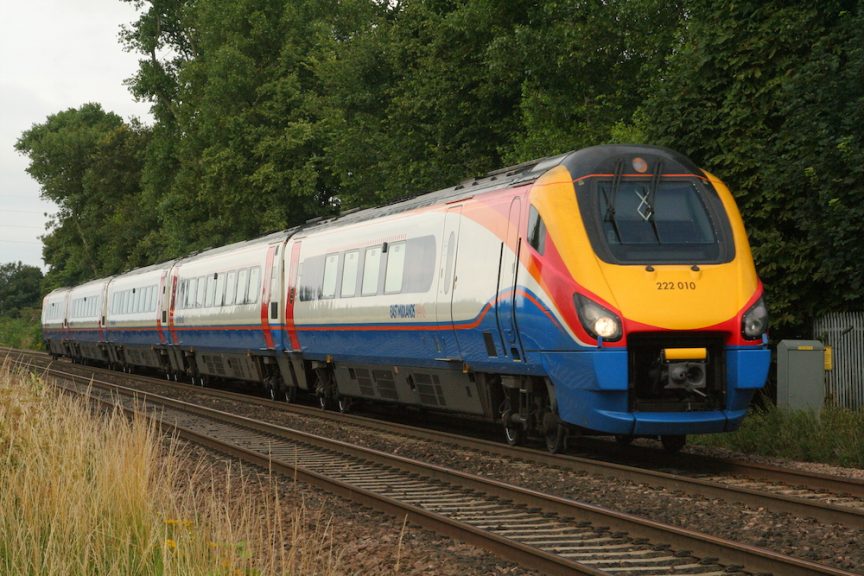The UK railway system, one of the oldest and most extensive in the world, has continually evolved to meet the demands of modern transportation. Over the years, safety has remained a top priority, driving a wave of innovations aimed at enhancing reliability, efficiency, and passenger protection. In this article, we will explore some of the most significant recent advancements in UK railway safety standards and their implications for the future of rail travel.
1. Advances in Signaling Technology
One of the most notable innovations in railway safety is the shift towards digital signaling systems. The traditional signal boxes, with their mechanical and electrical systems, have largely been replaced by modern digital solutions. The introduction of the European Train Control System (ETCS) Level 2 is a key development in this area. ETCS Level 2 provides continuous real-time communication between trains and control centers, allowing for more precise control and monitoring of train movements.
This digital transformation enhances safety by reducing the likelihood of human error and improving the accuracy of train tracking. Additionally, it enables more efficient use of the rail network, as trains can operate closer together without compromising safety. The deployment of ETCS Level 2 is a significant step towards achieving the UK’s vision of a more integrated and high-capacity rail network.
2. Enhanced Automatic Train Protection (ATP) Systems
Automatic Train Protection (ATP) systems are crucial for preventing train accidents caused by excessive speed or signal violations. Recent advancements in ATP technology have made these systems more reliable and effective. The latest generation of ATP systems integrates sophisticated algorithms and sensors to monitor train speed, track conditions, and signal status.
One such innovation is the integration of GPS technology with ATP systems. GPS-based ATP allows for real-time monitoring of train locations and speeds, providing an additional layer of safety. This system can automatically apply brakes if a train exceeds speed limits or enters a danger zone, significantly reducing the risk of accidents.
3. Intelligent Infrastructure Monitoring
The safety of railway infrastructure is as critical as the safety of the trains themselves. Recent innovations in infrastructure monitoring have revolutionized how the condition of tracks, bridges, and tunnels is assessed. The use of sensors and automated systems for monitoring infrastructure health is becoming increasingly common.
For instance, trackbed monitoring systems use ground-penetrating radar and other sensor technologies to detect anomalies in the track structure. These systems can identify issues such as track degradation or potential faults before they pose a risk to train operations. Similarly, bridge and tunnel monitoring systems use advanced imaging techniques to assess structural integrity and detect potential problems early.
These intelligent monitoring systems not only enhance safety but also enable proactive maintenance, reducing the likelihood of unexpected failures and service disruptions.
4. Safety Management Systems and Data Analytics
The implementation of Safety Management Systems (SMS) has become a standard practice in the rail industry. SMS frameworks are designed to systematically identify, assess, and manage safety risks. Recent innovations in data analytics have significantly enhanced the effectiveness of these systems.
By leveraging big data and machine learning, railway operators can analyze vast amounts of data from various sources, including trains, tracks, and signaling systems. This analysis helps in identifying patterns and trends that might indicate potential safety issues. Predictive analytics can forecast potential failures or incidents before they occur, allowing for timely interventions and preventive measures.
For example, data-driven insights can inform maintenance schedules, optimize safety procedures, and improve overall operational efficiency. This proactive approach to safety management ensures that potential risks are addressed before they escalate into serious problems.
5. Improved Passenger Safety Measures
Passenger safety has always been a priority, and recent innovations have further enhanced protection for those traveling by rail. Modern trains are equipped with advanced safety features such as CCTV surveillance, automatic fire detection systems, and enhanced emergency communication systems.
One significant development is the introduction of real-time passenger information systems. These systems provide passengers with up-to-date information on train schedules, delays, and safety instructions. In the event of an emergency, real-time communication can be crucial for ensuring passenger safety and facilitating a swift response.
Furthermore, new safety standards require the incorporation of accessible design features to accommodate passengers with disabilities. Innovations such as audible announcements, tactile signage, and accessible boarding facilities are now standard in many rail services, contributing to a safer and more inclusive travel experience.
6. Collaboration and Standardization
Collaboration between industry stakeholders, including the Office of Rail and Road (ORR), Network Rail, and train operating companies, has been instrumental in driving safety innovations. The development and implementation of safety standards often involve extensive consultation and collaboration to ensure that they meet the highest safety criteria.
Standardization across the rail network helps ensure consistency and reliability in safety practices. Recent initiatives focus on harmonizing safety standards with international best practices, ensuring that the UK railway system remains at the forefront of safety innovation.
Conclusion
The recent innovations in UK railway safety standards represent a significant leap forward in ensuring the safety and reliability of the rail network. From advanced signaling technologies and improved ATP systems to intelligent infrastructure monitoring and enhanced passenger safety measures, these advancements reflect a commitment to maintaining a world-class rail system.
As technology continues to evolve, it is likely that we will see even more innovations aimed at improving safety and efficiency. The ongoing collaboration between industry stakeholders and the implementation of cutting-edge solutions will play a crucial role in shaping the future of railway safety in the UK. For both rail operators and passengers, these advancements offer the promise of a safer, more reliable, and more efficient rail travel experience.
